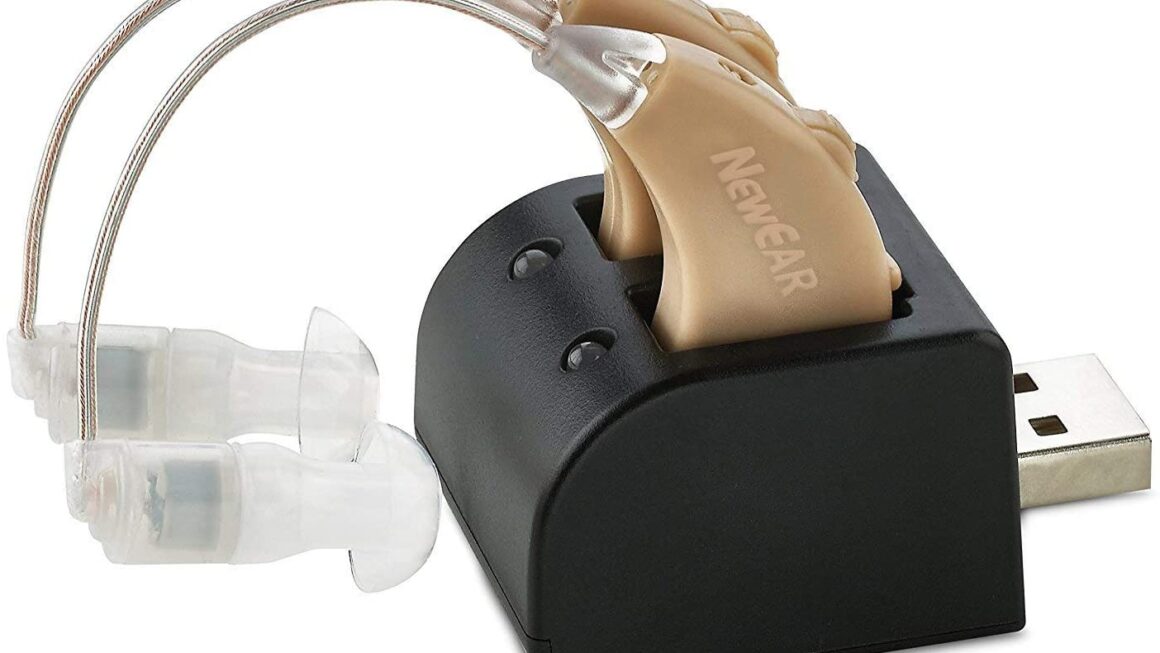Quantitative PCR (qPCR) has revolutionized analytical labs due to its increased specificity and sensitivity, ease of use, and reduced turnaround time. qPCR analysis has distinct advantages over other traditional diagnostic approaches. Today the availability of qPCR assays to detect infectious agents has resulted in the advent of numerous US FDA-approved qPCR-based in-vitro diagnostic tools. These kits are calibrated with WHO and NIBSC reference standards. Hence analytical laboratories are increasingly focused on providing qPCR services for their clients. The current article discusses the impact of qPCR analysis on revolutionizing analytical labs. However, robust assay validation will remain crucial for generating reliable qPCR analysis and data.
qPCR Assays Help Analytical Labs Grow and Prosper
qPCR assays are routinely employed in molecular diagnostics and have changed the approach of analytical labs toward bioanalytical research. The primary advantage of qPCR analysis is its ability to visualize reactions in real time without needing an agarose gel. Hence it is a truly quantitative analysis. This application has made qPCR a popular option in assessing copy numbers of a DNA sequence. Today researchers can accurately determine target copy numbers against a reference standard.
PCR can detect bacterial agents, protozoans, and viral pathogens. Additionally, it can analyze the responses of cancer patients to a specific therapeutic intervention. Besides, they are used to detect genetic disorders such as cystic fibrosis, muscular dystrophy, and sickle cell anemia. Hence it is well understood that having qPCR analysis in your services will remain vital for advancing analytical laboratories.
Also Read: Challenges And Solutions For Good Practices Laboratory-Compliant GLP Labs In The Era Of Biologics
qPCR is largely employed to study microRNA (miRNA) methylation and gene expressions and quantify target genes. The basic principle of qPCR analysis is based on fluorescent intercalating dye or fluorescent probes. The thermal cycler measures the generated fluorescent signal and estimates the cycle threshold value accordingly. Usually, the intensity of the generated fluorescent signal is proportional to the concentration of PCR products present in the sample.
Today qPCR is an established technique for analyzing gene expressions, ranging from small numbers to thousands of study samples. Depending on the number of samples or genes to be assessed, researchers often employ a multi-tier approach to studying gene expressions. Traditionally gene expression microarrays are preferred for large-scale discovery experiments. However, due to sensitivity, costs, and logistics associated with whole genome microarrays, qPCR has emerged as a promising option for gene expression analysis. Besides, researchers often know the pathway of interest or specific genes, whole genome experiments are thereby not required. Here investigators can directly begin with qPCR analysis to collect gene expression data. Nonetheless, qPCR is increasingly being employed for biomarker monitoring and research.
Also Read: MSD Assay Services: A Comprehensive Guide To Understanding And Optimizing Your Results
Besides, similar to qPCR assays, different PCR systems are available for bioanalytical research. ddPCR assays are one such robust system. ddPCR stands for digital droplet PCR analysis. This particular assay employs fluorescent probes to determine the target DNA sequence. This technique divides each sample into 20000 nm-sized droplets that can be analyzed individually. Hence ddPCR is more suitable for multiplexing capacities, making it an ideal choice for detecting mutations and studying gene expressions.
To conclude, qPCR analysis has revolutionized how analytical labs approach biomedical research.












